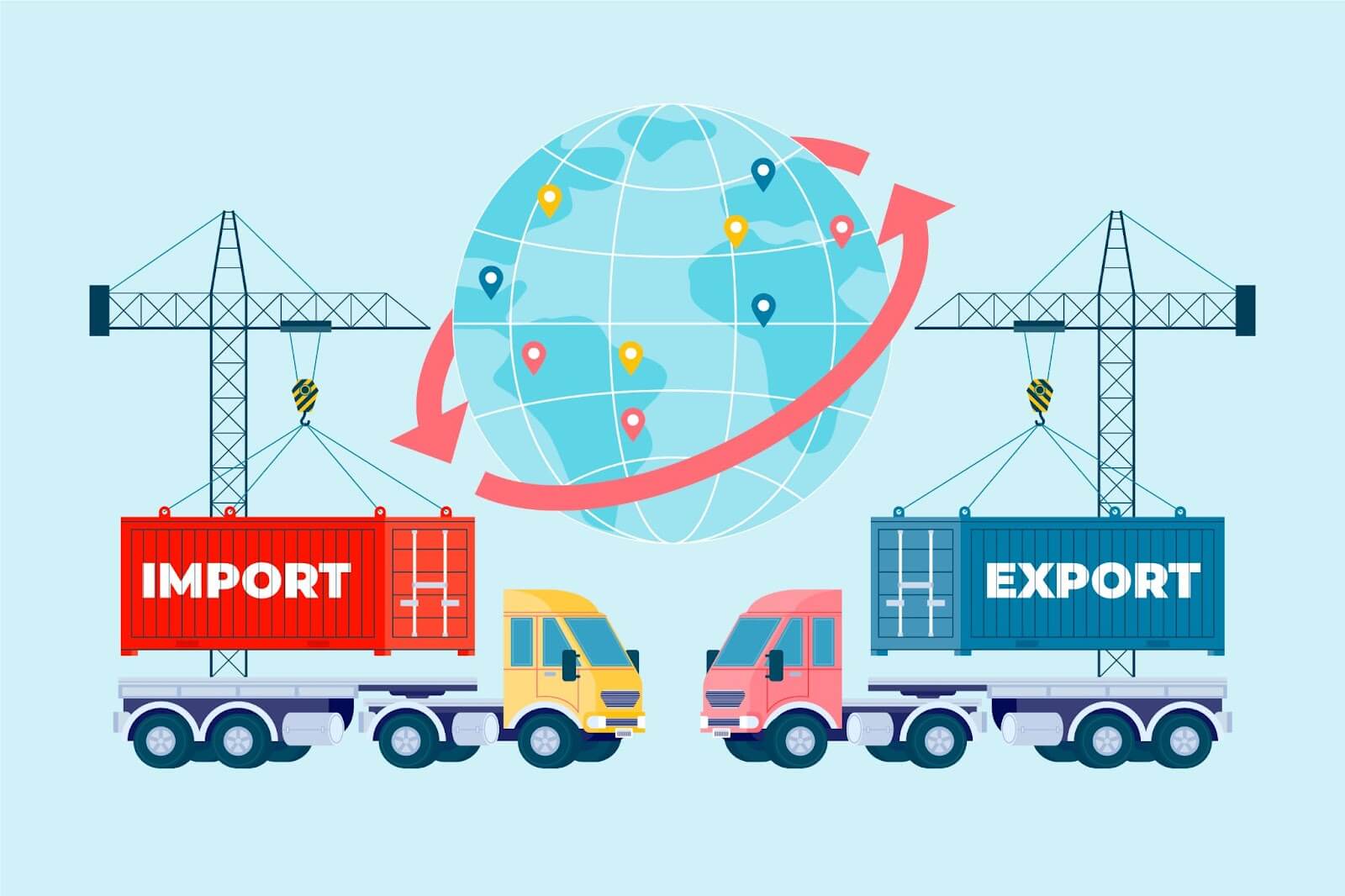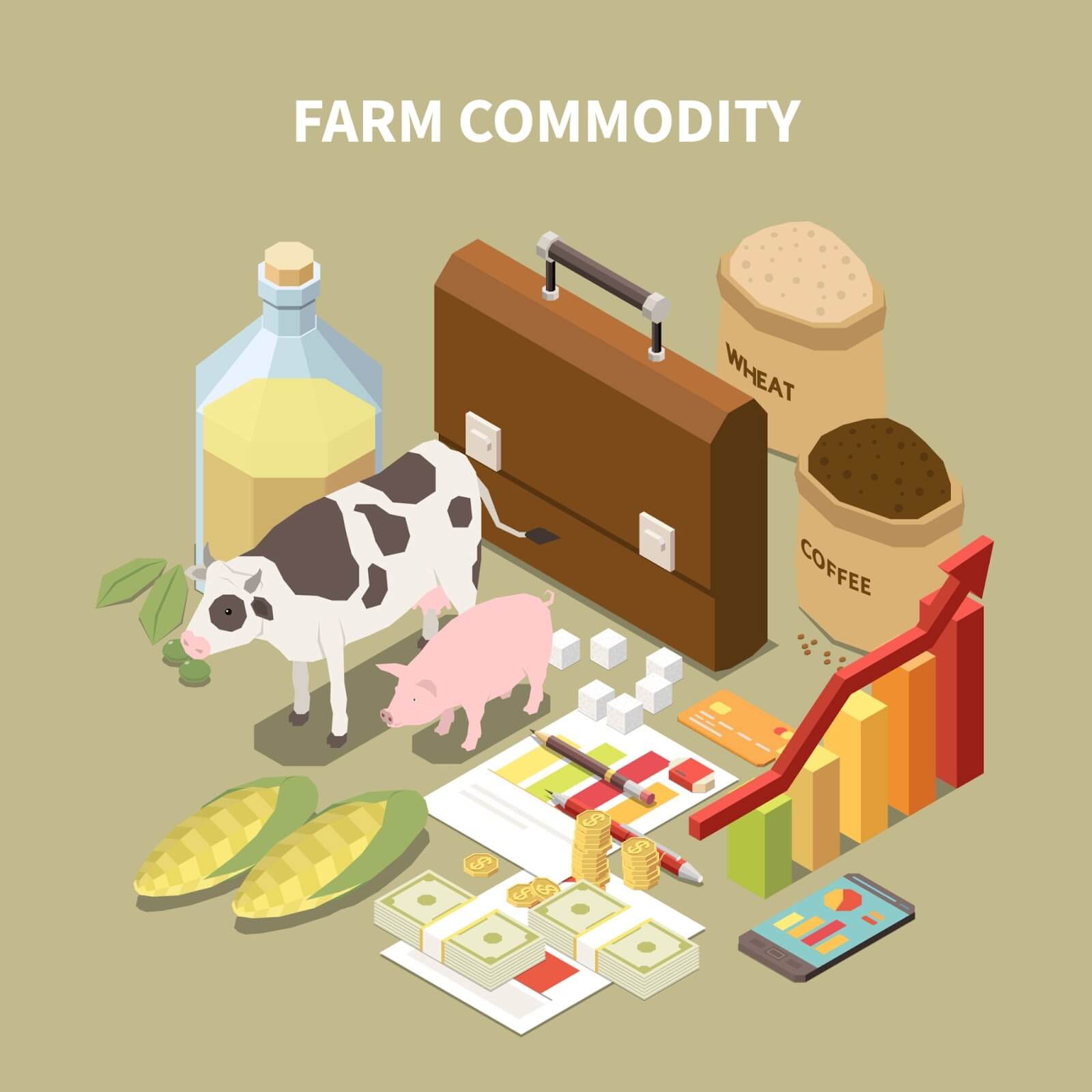TradingKey - In March 2025, international oil prices continued to decline. Brent crude oil futures even fell below the critical threshold of $70 per barrel, reaching a nearly three-year low.
This downturn in oil prices is closely associated with an increase in supply. OPEC announced that eight OPEC+ oil-producing countries have decided to gradually increase oil production starting April 1st, according to their existing plans, rolling back the voluntary production cuts implemented in 2023.
At the same time, Russia's crude oil exports in March exceeded its quota by 220,000 barrels per day, and the new production capacity from the UAE's Upper Zakum oil field has also been released more than expected.
From these examples, it’s clear that changes in supply and demand act like an invisible hand that can stir up price storms in the commodity market. This serves as a reminder: if you want to navigate this market successfully, fundamental analysis is crucial.
How Do Supply and Demand Changes Affect Commodities?
Every subtle shift in supply and demand directly hits the "gas pedal" or "brake" on commodity prices.
Supply
Supply functions like a “faucet” for the market; when you turn it up slightly (increase production), the flow (quantity of commodities) increases, which can drive prices down; conversely, tightening it (decreasing production) reduces flow and drives prices up.
For instance, during the global pandemic outbreak in 2020, while oil demand plunged dramatically, producing countries engaged in a price war by increasing output frantically.
As a result, WTI crude prices plummeted; by April of that year, U.S. crude prices even fell into negative territory while Brent crude dropped below $20 per barrel.
Demand
Demand is closely linked to economic development, emerging industries, and consumer preferences.
The explosion of electric vehicles has led to a surge in demand for rare metals such as lithium and cobalt. In 2022 alone, lithium carbonate prices skyrocketed from ¥50,000 per ton to ¥600,000 per ton due to a demand explosion driven by doubled electric vehicle production.

(Source: Freepik)
How Does the Economy Affect Commodity Prices?
To assess economic conditions, we can look at key economic indicators and examine how changes in these indicators influence commodity prices.
What Are the Key Economic Indicators?
Gross Domestic Product (GDP)
Fluctuations in GDP directly impact the "fate" of commodities.
When GDP is rapidly growing, it indicates that factories are operating at full capacity—at this point, commodities like oil, steel, and soybeans are naturally in short supply.
For instance, in 2010, when China's GDP growth rate exceeded 10%, the construction boom led to a massive surge in iron ore demand, causing prices to triple.
Impact of Inflation Rate
Inflation is like a cup of coffee with sugar; a moderate amount can provide a boost, but too much can leave you feeling uncomfortable.
During periods of mild inflation (around 2% to 3% annually), money gradually loses its value, prompting savvy investors to convert their cash into "hard currencies" like gold, silver, or crude oil.
However, when inflation spirals out of control—turning into a runaway horse (exceeding 5% or even higher)—the situation becomes complex.
On one hand, rising raw material costs force companies to raise product prices, fueling further increases in commodity prices.
On the other hand, consumers find their money doesn't stretch as far as it used to; their desire to buy cars, homes, and luxury goods significantly diminishes, leading to a sharp decline in demand.
The Role of Interest Rates (IR) and Exchange Rates (ER)
Imagine you are borrowing money to invest in commodities; interest rates represent your loan costs.
When interest rates rise, borrowing becomes more expensive due to increased investment costs; many people may opt to deposit their money in banks or purchase bonds instead.
Conversely, when interest rates decrease and money becomes "cheaper" on the market, more individuals are likely willing to borrow for investment purposes.
Exchange rates have a direct impact on the expenses associated with importing goods.
If your home currency depreciates against others, purchasing crude oil or soybeans from abroad becomes more expensive.
To avoid losses, companies must raise product prices. At the same time, however, the international market may perceive your goods as having become "cheaper," potentially increasing demand.

(Source: Freepik)
How Do Geopolitical Events Impact Commodities?
In addition to supply, demand, and national economic factors that can directly influence commodity prices, geopolitical events are also a crucial consideration.
When gunfire erupts or sanctions are imposed, the commodity market is often the first to feel the impact.
The Russia-Ukraine conflict in 2022 serves as a prime example:
As a major exporter of oil and natural gas, Russia faced sharp reductions in exports due to Western sanctions. You may recall that Brent crude oil prices soared to $120 per barrel within a week of the conflict’s outbreak—gas station prices followed suit, leading to increased transportation costs and subsequent rises in the prices of vegetables and industrial products, creating a chain reaction.
Russia's nickel and aluminum exports account for significant shares of global supply; trade restrictions caused widespread panic in the market. Nickel prices on the London Metal Exchange skyrocketed by 73% in one day, triggering trading suspensions and causing many short-selling investors to face devastating losses overnight.
What Are the Seasonal Patterns of Commodities?
Commodities differ from other investment vehicles due to their pronounced seasonality.

(Source: Freepik)
For instance, agricultural products have clear planting seasons that affect their supply in the market and thereby influence prices.
In late spring and early summer, crops like corn and soybeans are planted en masse, resulting in ample market supply—prices often hit their lowest points of the year during this period.
After harvest in autumn, new crops flood the market; prices frequently experience short-term pressure from heavy selling.
The seasonality of energy prices is even more straightforward—it depends on whether you’re cold or hot:
During winter months in the Northern Hemisphere, European households and factories ramp up gas usage for heating purposes; gas demand can be as much as 40% higher than during summer.
In 2022, Europe experienced an exceptionally cold winter along with reduced Russian gas supplies; Dutch TTF natural gas prices surged to €340 per megawatt-hour, five times higher than summer levels!


